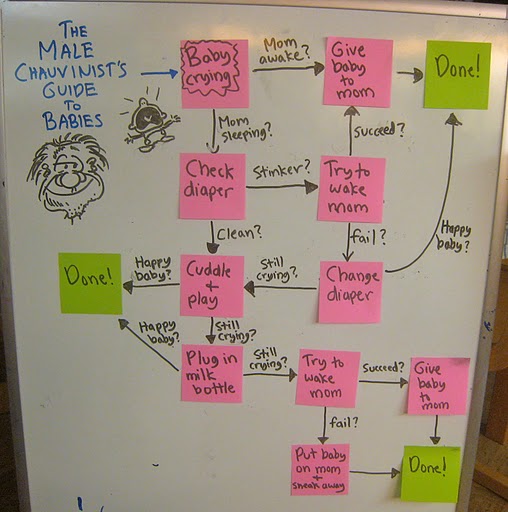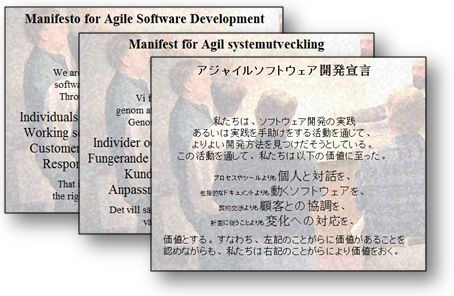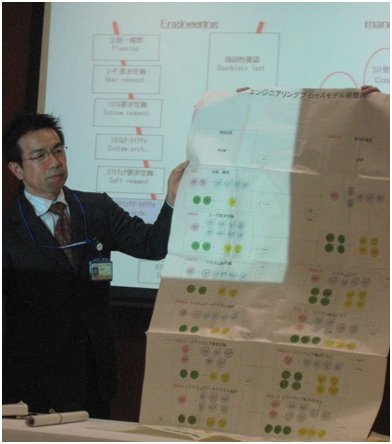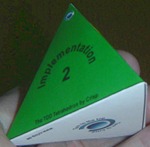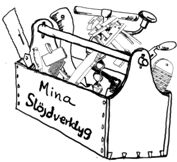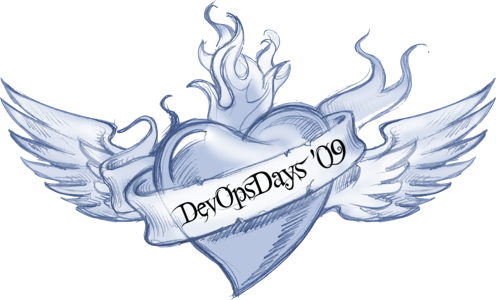This week, we have Mary Poppendieck with us. She held an evening seminar which inspired me to think about the differences between Lean and traditional project management. I also am inspired by the questions I get from my spouse on this.
I thought that it would be interesting to do a side-by-side comparison between the two. I am no process expert, I am just a programmer who has been the subject of 30 years of different processes. I have seen DOD 2167, RUP, PROPS, PEJL, XP, Scrum and a few others. So this is just my humble opinion.
See also what Henrik Kniberg wrote earlier in his blog.Continue reading




